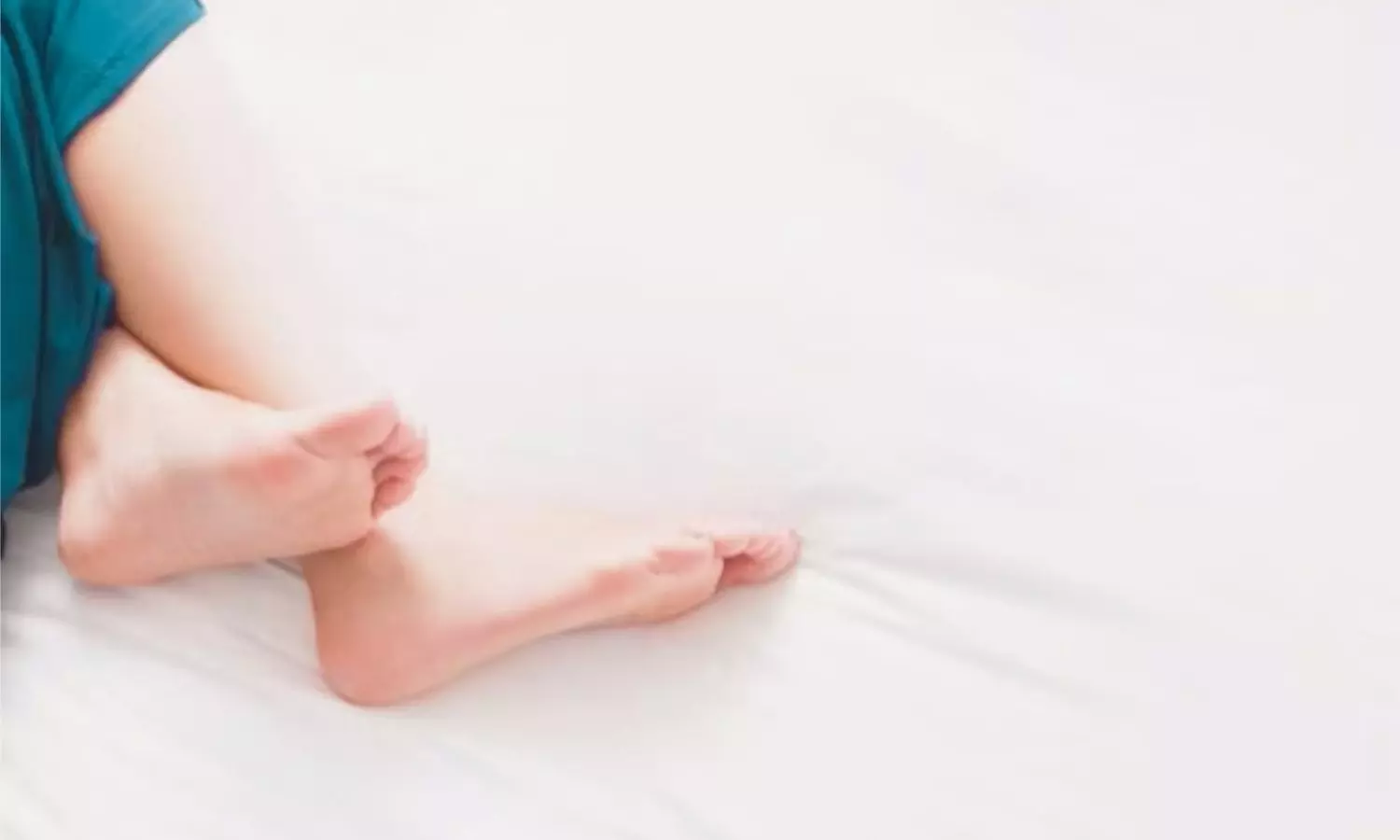Adenotonsillectomy Resolves Most Limb Movements in Children With Sleep Apnea: Study Shows
- byDoctor News Daily Team
- 28 September, 2025
- 0 Comments
- 0 Mins

USA: Periodic limb movements during sleep (PLMS) are common in children withobstructive sleep apnea (OSA), and their prevalence appears to rise with age and OSA severity. New evidence suggests thatadenotonsillectomy (AT), a standard surgical treatment for OSA, resolves these abnormal movements in the majority of affected children. The study was led by Seckin O. Ulualp and colleagues from the Department of Otolaryngology–Head and Neck Surgery at the University of Texas Southwestern Medical Center, Dallas, USA. The researchers reviewed clinical records to determine how frequentlyPLMSoccur in children with OSA and how these movements change after AT. Between January 2022 and July 2023, the team analyzed data from 1,159 children (median age: 5 years; 58.3% boys) who underwent AT at a tertiary care children's hospital. The severity of OSA was classified based on the obstructive apnea-hypopnea index (OAHI), with mild cases defined as 1–4 events per hour, moderate as 5–9, and severe as 10 or more. An elevated periodic limb movement index (PLMI) was defined as more than five limb movements per hour during sleep, measured through polysomnography. The study revealed the following findings: “The potential clinical implications of our findings are the consideration of adenotonsillectomy for the initial management of children with OSA and elevated PLMI and counseling caregivers regarding the treatment of elevated PLMI,” the authors wrote. The study, published inThe Laryngoscope,highlights the dual benefit of AT—not only addressing the airway obstruction characteristic of OSA but also significantly reducing associated limb movements that may disrupt sleep quality. However, the researchers acknowledged certain limitations. Being a retrospective study, detailed information on sleep characteristics, symptom changes, and ferritin levels could not be systematically assessed. Additionally, only a small subset of children underwent both pre- and post-surgery sleep studies, limiting the scope of subgroup comparisons. "Despite these challenges, the findings provide strong support for the use of adenotonsillectomy in managing OSA-related complications in children, with evidence showing that most will experience substantial improvement in both breathing-related and movement-related sleep disturbances," the authors concluded. Niksic, A., Ulualp, S. O., Chapel, A. C., Liu, C., Lenes-Voit, F., & Mitchell, R. B. Periodic Limb Movements Before and After Adenotonsillectomy in Children With Obstructive Sleep Apnea. The Laryngoscope. https://doi.org/10.1002/lary.32314
Disclaimer: This website is designed for healthcare professionals and serves solely for informational purposes.
The content provided should not be interpreted as medical advice, diagnosis, treatment recommendations, prescriptions, or endorsements of specific medical practices. It is not a replacement for professional medical consultation or the expertise of a licensed healthcare provider.
Given the ever-evolving nature of medical science, we strive to keep our information accurate and up to date. However, we do not guarantee the completeness or accuracy of the content.
If you come across any inconsistencies, please reach out to us at
admin@doctornewsdaily.com.
We do not support or endorse medical opinions, treatments, or recommendations that contradict the advice of qualified healthcare professionals.
By using this website, you agree to our
Terms of Use,
Privacy Policy, and
Advertisement Policy.
For further details, please review our
Full Disclaimer.
Recent News
Merck Keytruda wins European Commission nod for lo...
- 30 October, 2025
UP NEET 2025 round 3 allotment results postponed
- 30 October, 2025
Achin Gupta to succeed Umang Vohra as Cipla MD, GC...
- 30 October, 2025
Mumbai shocker: KEM Hospital doctor stabbed by col...
- 30 October, 2025
Daily Newsletter
Get all the top stories from Blogs to keep track.


0 Comments
Post a comment
No comments yet. Be the first to comment!